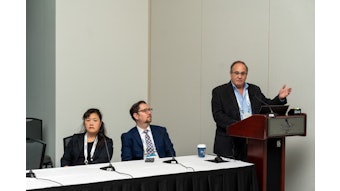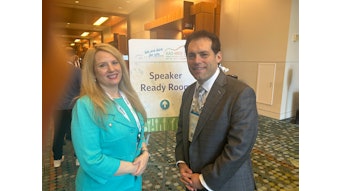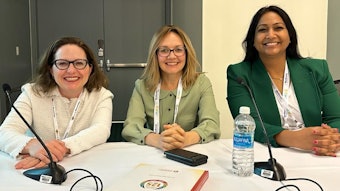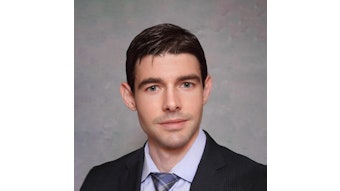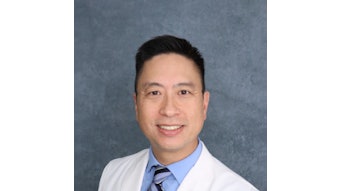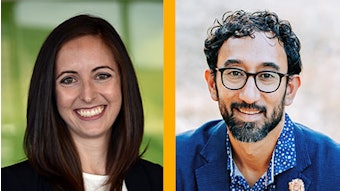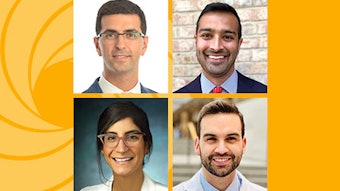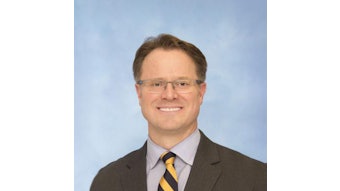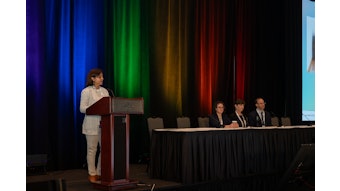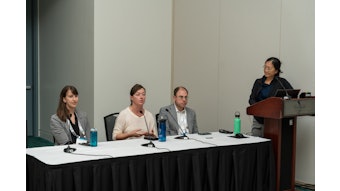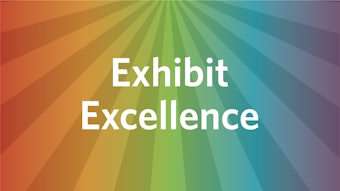Updating Post-Residency Surgical Training for the Modern Era
Surgical skills training never stops, even for the most elite practitioners.
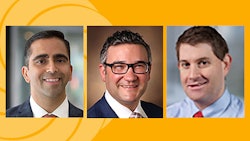
Surgical training doesn’t stop at the end of residency. The question is how to continue building surgical skills in the most effective and efficient way possible throughout your career.
“The whole idea of how we teach surgery is based on the apprenticeship model that is well over 100 years old,” said Vikas Mehta, MD, MPH, Vice Chair and Associate Professor of Otolaryngology - Head and Neck Surgery at Montefiore Medical Center and Albert Einstein College of Medicine in Bronx, New York. “It worked for us as a field for a long time, but our understanding of how adults learn, how we acquire skills, and improve at what we are doing has modernized. And medical education, specifically surgical education, hasn’t modernized along with it.”
Dr. Mehta moderates the session “Improving Surgical Skill Beyond Residency: Utilizing Data, Video and Simulation to Get Actionable Feedback” on Wednesday. He noted that between work hour restrictions and other requirements, the typical student in 2022 leaves training with less time practicing and learning their surgical skills with less independence than in past decades.
“There is a fair amount of learning that needs to happen in the subsequent years after residency and fellowship,” Dr. Mehta continued. “We need to leverage the current understandings in education and skill training so otolaryngologists and other surgeons can more effectively improve their skills beyond the time with attending supervision.”
Part of the deficit is the lack of objective measures of surgical skill. It is difficult to improve skills that are not measured. In the longer term, objective surgical skill measures are part of the shift from fee-for-service to value-based care that is moving into otolaryngology and other medical specialties.
“As a profession, if we take ownership over the methods and policies around objective measures for surgical performance, then they will be designed in a way that supports our continued improvement, which is what we all want, rather than punishment, which none of us deserve,” said Alexander Langerman, MD, SM, Associate Professor of Otolaryngology, Head and Neck Surgery and Director, Surgical Ethics Program, Vanderbilt University Medical Center in Nashville, Tennessee. “We can all learn to be to be more efficient, safer, and have better outcomes.”
Dr. Langerman likened surgical skills training to professional sports training: It never stops, even for the most elite practitioners.
“Even the Serena Williams of the world need and get regular coaching,” he said. “They are observed, they get feedback, they improve. There is a lot that we can learn about the ways objective measures, observation, feedback, and coaching have been successful in other areas with specific skill sets.”
Creating objective training milestones and measuring progress is a vital step. The goal is to build a more objective and more granular training program that identifies areas of weakness and the specific skills that can be practiced and improved.
“When we look at surgical training, there are very subjective measurements in determining the kinds of things people are and are not able to do,” said Marc J. Gibber, MD, Associate Professor and Director of General Otolaryngology at Montefiore and Einstein. “It is very rare that we have concrete objectives and real-time feedback that we give our surgeons-in-training. We have a longer scale where we milestone every six months, every rotation a resident completes. We could all benefit from more objective observation and data scoring in real time.”
Recording surgical procedures, then reviewing and improving is another vital step. Recording surgical procedures can be almost automatic when using surgical robots, endoscopes, laparoscopic instruments, or other approaches that involve digital imaging, but more difficult in open procedures using direct visualization.
“There are various ways to record your operations,” Dr. Langerman said. “Headed-mounted cameras, boom cameras, in-light cameras. I developed my own wearable camera that provides great footage, though it took me years to get it perfect. Another option is to hire someone to help you record. My advice is to just jump in and record a couple of your cases and watch them. Until you sit down and watch yourself operate, you will never realize all the things you could do differently.”
Simulation is another vital piece of more effective training. Not the high-end simulator that tries to replicate an entire procedure, but a low fidelity task trainer that focuses on a specific skill such as stance during a golf swing or shoulder rotation during a backhand tennis stroke.
“Task trainers teach very specific surgical techniques, maneuvers, and hand-eye abilities,” Dr. Gibber said. “If we identify areas where people may be struggling, we can help them work on particular tasks that can improve specific motor skills. That kind of task training translates to multiple procedures as opposed to practicing a type of procedure using a simulator that is more expensive and more difficult to justify outside of large academic medical centers.”

